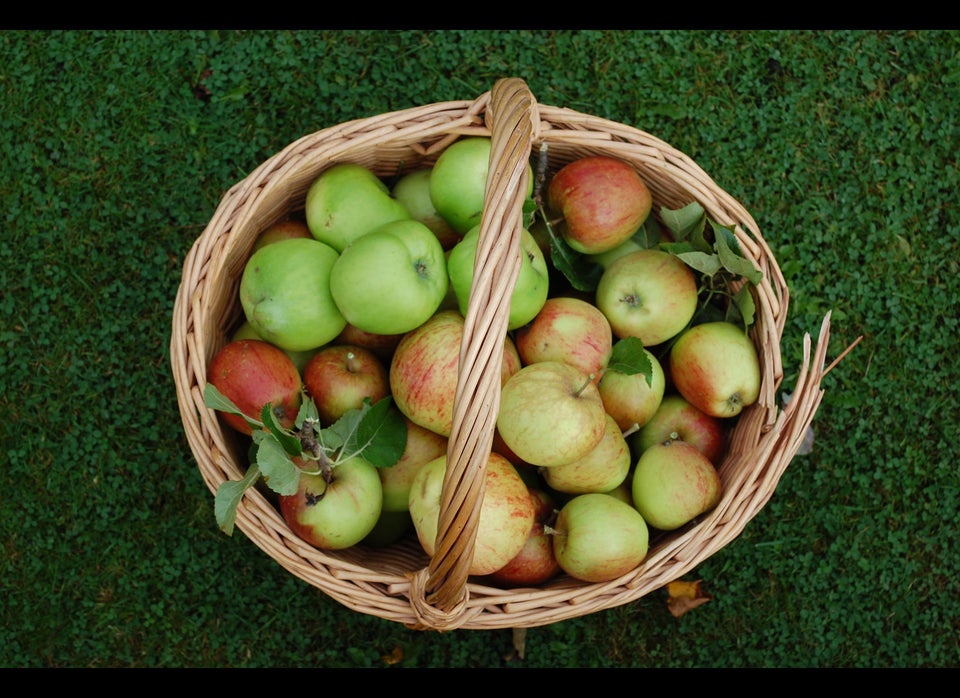Most adults would benefit from one and a half to two cups of fruit and two to three cups of vegetables each day. But it might be easier to reach our recommend servings if we didn't throw away so many beneficial pieces and parts of our favorite fruits and veggies. (Not to mention we might just want to stop wasting 25 to 33 percent of our food globally). Yep, we're talking seeds, skins, stems and more you thought you were supposed to toss.
Turns out, thanks to some big-time health benefits, those incidentals don't need to be banished to the compost heap. Start enjoying these eight extras today.
Apple Peel
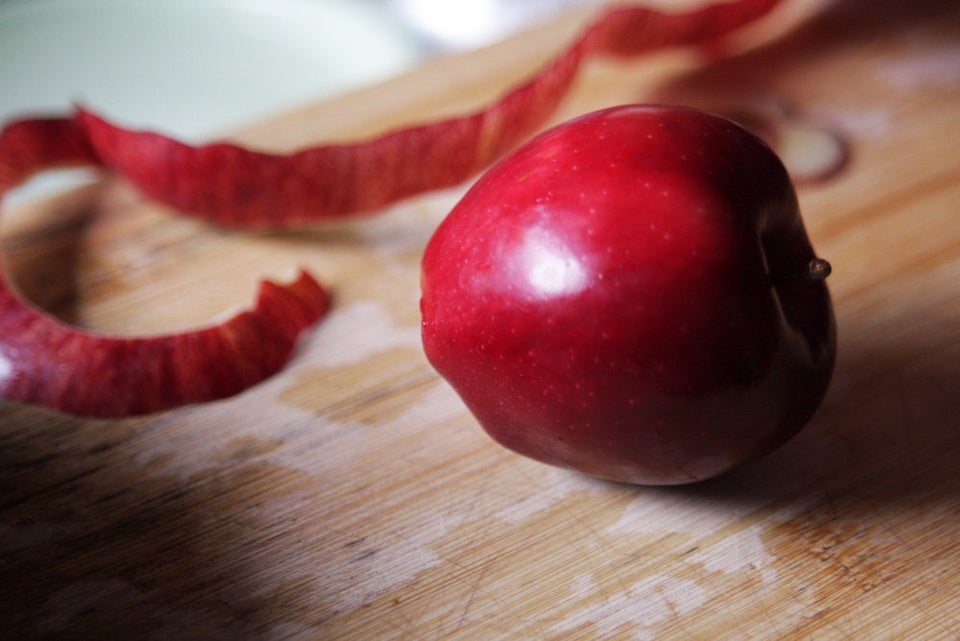
An antioxidant called quercetin awaits in the skin of your apple, providing benefits to the lungs and the brain. Apple peel also packs more fiber and vitamins than the flesh of the fruit.
Swiss Chard Stems
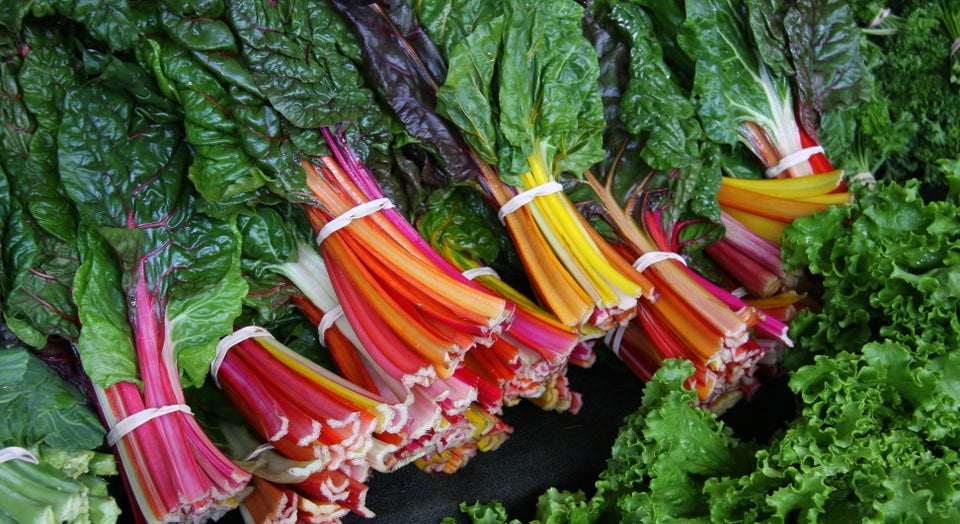
A 2006 study found that within those brightly-hued stalks have substantial amounts of glutamine, an amino acid that plays an essential role in the body's healing and repairing processes. Try chopping and cooking those stems right along with the leaves.
Orange Peel
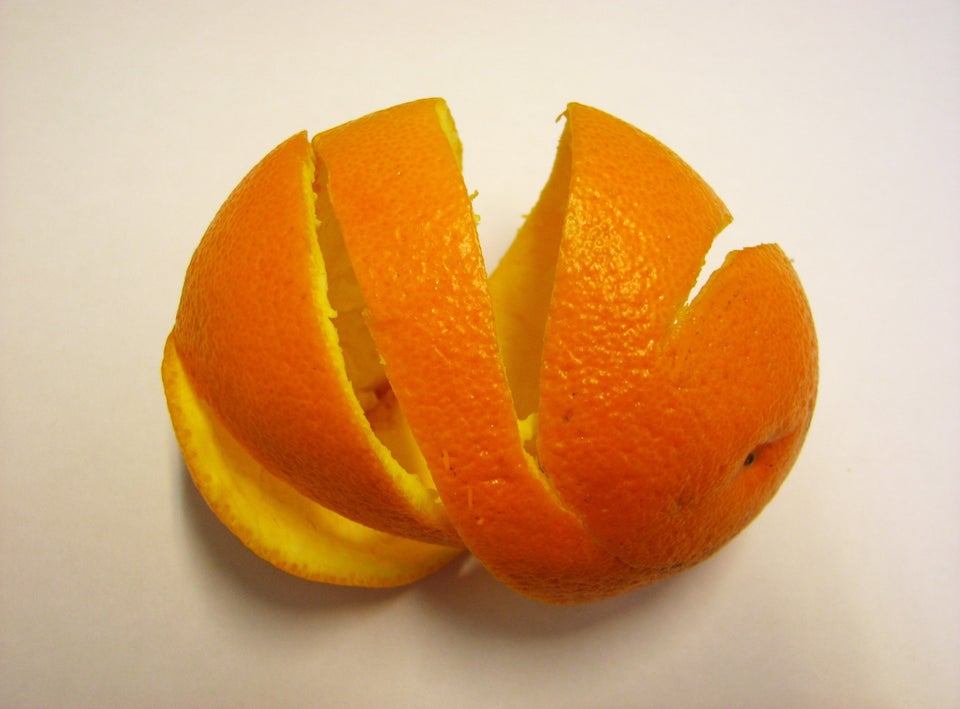
According to a 2004 study, a chemical in the peel of oranges and other citrus fruits may have a cholesterol-lowering effect stronger than that of some prescription drugs. The compounds, polymethoxylated flavones, may also account for citrus fruits' protective powers against heart disease and inflammation, according to the study.
Not to worry: You don't have to bite into the thing whole. Grate or zest the rind to flavor your favorite dishes.
Not to worry: You don't have to bite into the thing whole. Grate or zest the rind to flavor your favorite dishes.
Advertisement
Beet Greens
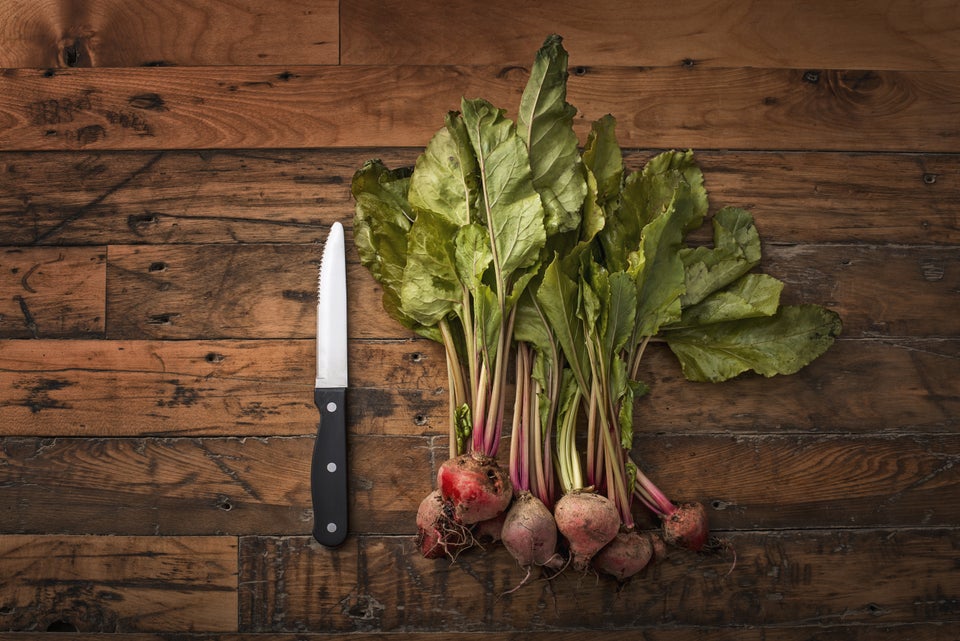
Getty Images
Although now we harvest these plants for their roots -- the beets -- they were grown first for their leaves, according to The Complete Leafy Greens Cookbook. Cook 'em for major fiber, calcium, iron and more, plus heaping helpings of vitamins A and K. Expect a taste that's half beet, half kale, all yum.
Watermelon Rind
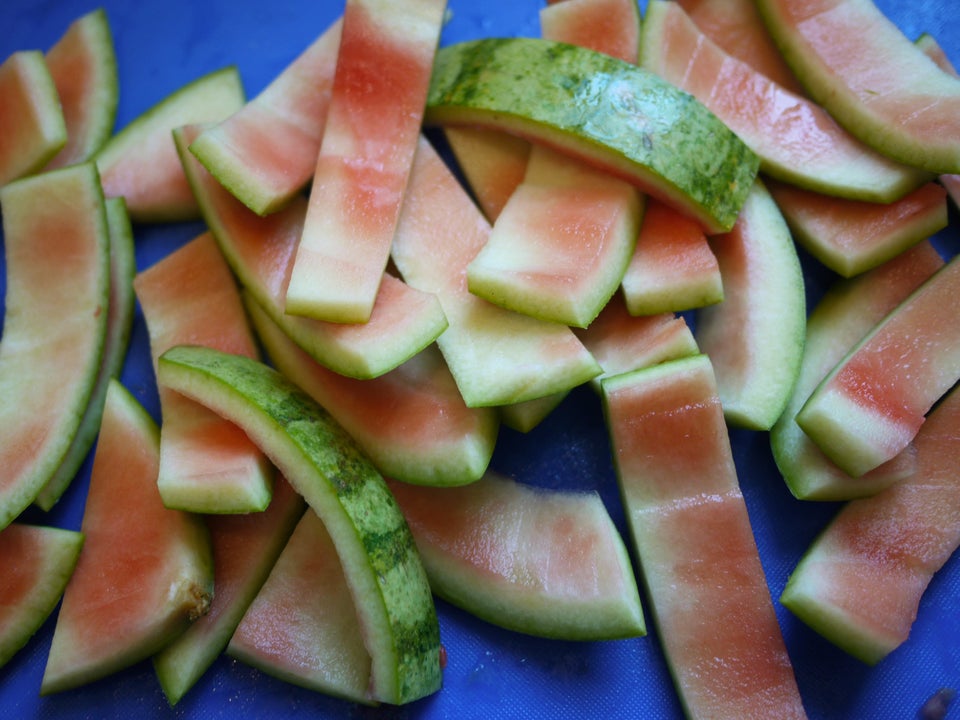
The watery flesh of this summertime favorite contains an amino acid called L-citrulline, thought to improve athletic performance and ease muscle soreness. But citrulline, which also helps remove nitrogen from the blood, was discovered to be in the rind of the watermelon too, in a 2003 study from the USDA's Agricultural Research Service.
Turnip Greens
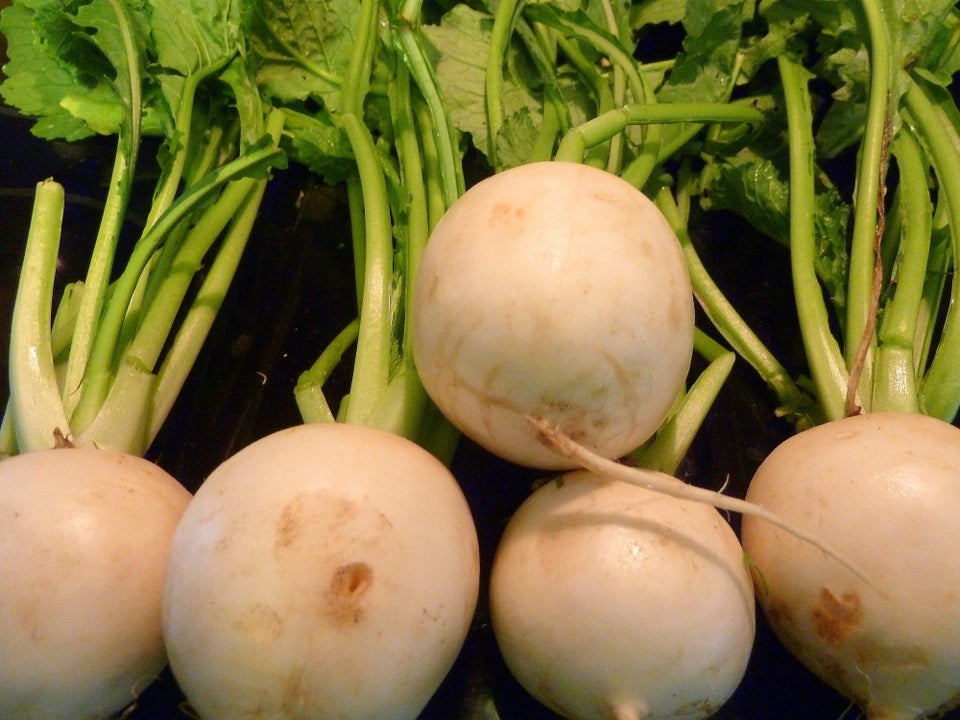
Like turnips, these not-to-be-discarded leaves are a sweet and spicy mix. Like beet greens, they're sky high in vitamins A and K, as well as a very good source of fiber, iron, potassium and more.
Advertisement
Potato Skin
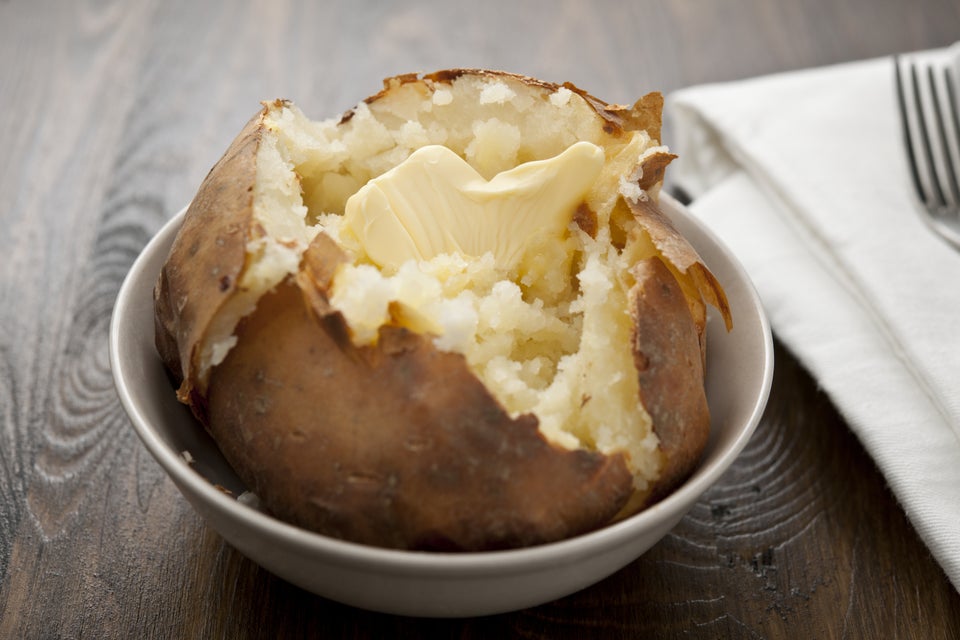
Getty Images
The flesh of your spud has a lot to offer too, but, ounce for ounce, the skin provides more fiber. It also contains a host of B vitamins, vitamin C, iron, calcium and potassium, among other nutrients, according to the Academy of Nutrition and Dietetics. That doesn't mean ordering the potato skins at the bar; stick to baked spuds with the skin on, please.
Pumpkin Seeds
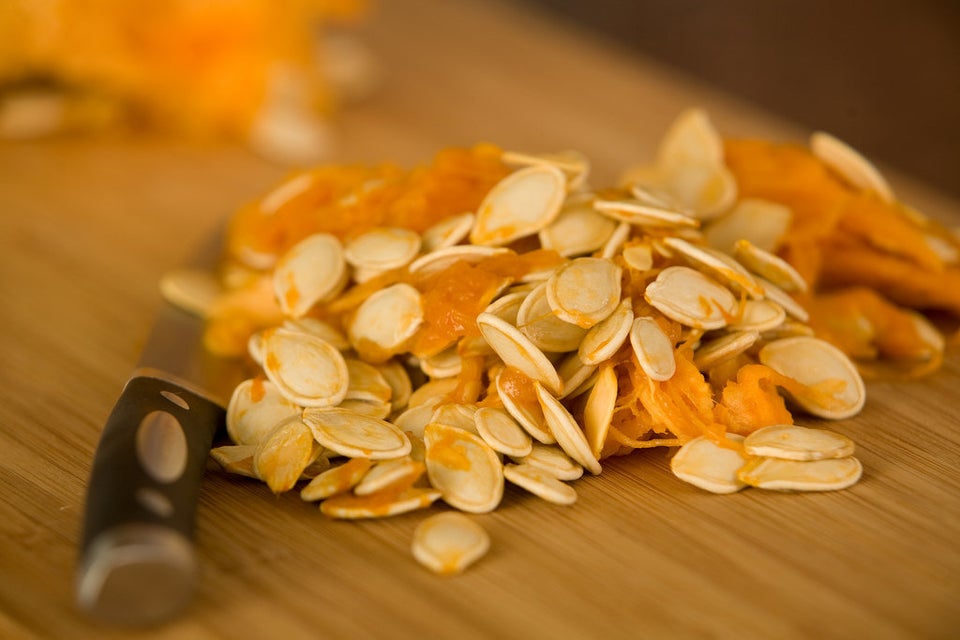
Next time you're carving a pumpkin, set aside the gory guts as you scoop 'em out. About half a cup contains more than your daily recommended intake of magnesium, low levels of which may lead to heart problems, osteoporosis and headaches. Pepitas are also rich in iron and protein, as well as certain plant-based compounds called phytosterols, which have been shown to reduce "bad" cholesterol.
